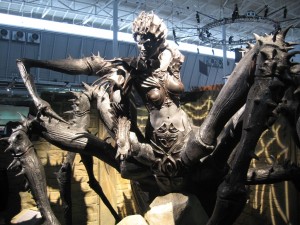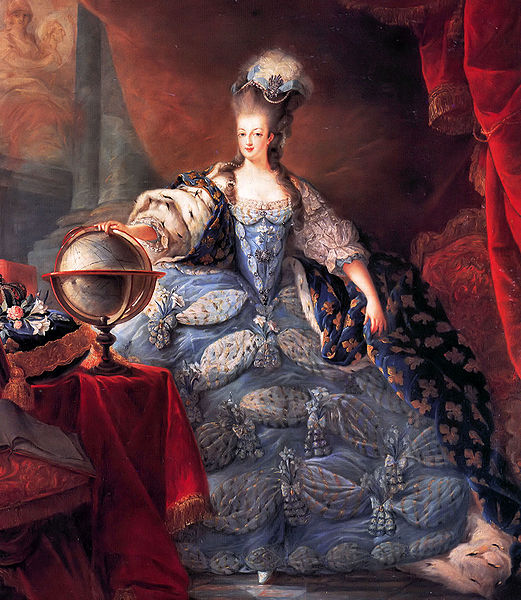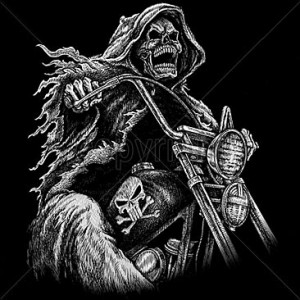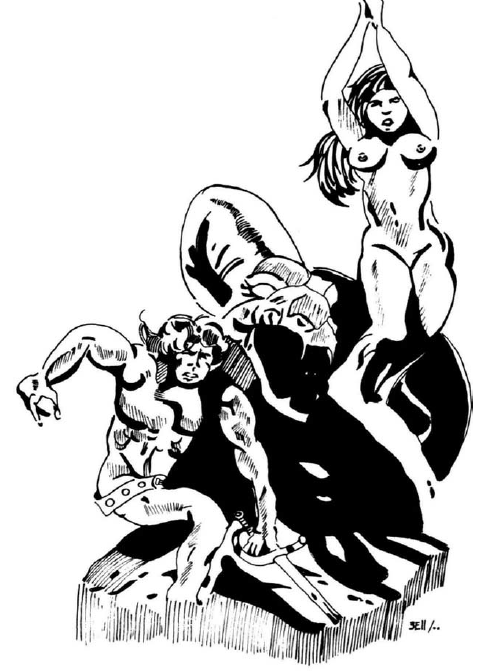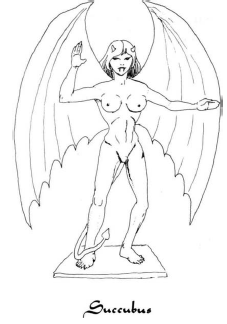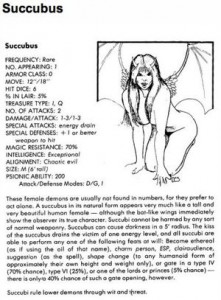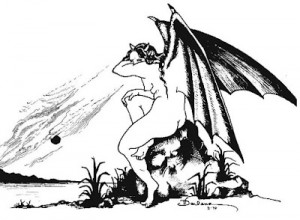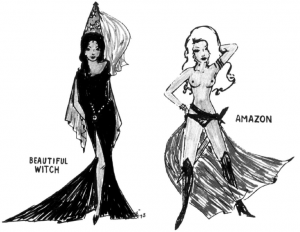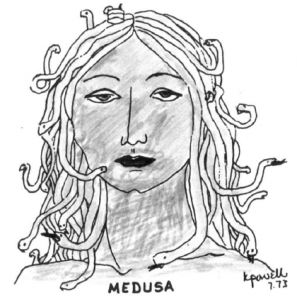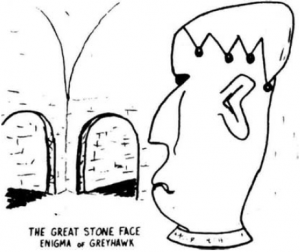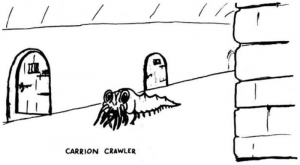4th edition classes have been accused of feeling a little “samey” in combat, but there’s more to classes than combat. Or there should be.
Take the 4e wizard. This is an example of a well-designed out-of-combat class. In noncombat scenes, they generally feel like wizards. A huge part of the credit goes to cantrips. When you’re using Prestidigitation to make something disappear and Mage Hand to drop it into your pocket, all without making a single die roll, you feel like an all-powerful wizard. The class design complements the flavor nicely.
Compare that to the Ardent class from PHB 3. I tried an Ardent; I was reasonably interested by the premise of an emotionally explosive brain-warper who clouds men’s minds. The class flavor promised that, but outside of combat, the mechanics didn’t deliver. The only relevant class feature I got was a +2 to allies’ social skill checks. Now, I played that up as much as I could: instead of saying, “Remember that I give you +2 to Diplomacy” I said, “Richard Ink waves his hands and feelings of wellbeing fill the room. You get a +2 to diplomacy.” That can only go so far: that’s me working to support the flavor, not the mechanics of the class working to support the flavor as they do with the wizard. The Ardent badly needs a cantrip-like ability or two to give it an emotional niche besides “cleric who uses the Psionic power source”.
Really, every class could benefit from archetype-defining non-combat abilities. They’re a little hard to imagine for melee classes, but every magic-using class (arcane and divine definitely, and possibly primal) should get the noncombat fun that the wizard gets from cantrips.
You know what else is cool about wizard cantrips? There is no die rolling. They always work. The wizard doesn’t have to depend on the DM: the DM doesn’t get to set DCs or say whether something worked or not. Cantrips are small ways that the wizard has mastery over the DM’s game world.
So here’s what I want to do. Every class will get at least one little cantrip-like trick. Wizards are among the most magical classes, and have three cantrips. Most classes will probably have two. Martial classes might only get one. The cantrips will have the following characteristics:
- They will have primarily out-of-combat effects. Their effects should be, on the whole, minor; but characters may be able to use them cleverly to good effect.
- They will not require a d20 roll. A character should be able to predictably succeed when using a cantrip.
- Using a cantrip should support the reason that people play the class.
CLERIC
Most people play the cleric because the group needs a healer. Putting that aside, though, people who actually enjoy playing the cleric tend to like giving out buffs and talking about their deity. A cleric’s cantrips should enable these behaviors.
-SYMBOL As a minor action, the cleric may make their god’s symbol glow from their palm or holy symbol. It disappears at the end of the cleric’s next turn. Sustain minor. Only a true cleric of a god can make the god’s symbol perfectly. It can be faked by illusion, but such fakery can be automatically discovered by anyone trained in Religion.
-BLESS The cleric touches an object or or a willing ally with their Symbol cantrip. The mark of the god will appear on the object or creature. If an intelligent creature sees the mark and knowingly kills the creature or destroys the object, they take 5 radiant damage (10 at cleric level 11 and 15 at level 21).
A cleric may maintain one simultaneous Blessing per level. The cleric can end any Blessing at any time. All of a cleric’s Blessings end when he or she falls unconscious or takes an extended rest.
PALADIN
People who play the Paladin usually want to be virtuous – sometimes obnoxiously so. A paladin will be happy if his cantrips support the paladin’s code while causing potential inconvenience to his party.
-VOW The paladin makes a promise. The hearer has total confidence that the the paladin is bound to his word. If the paladin willingly or unwillingly breaks his word, he suffers Shaken Faith, which gives the effects of resurrection sickness, until he has reached 2 milestones. While in Shaken Faith, the paladin may not make Vows and is generally broody.
-TAME As a standard action, a paladin may tame any adjacent creature with the Mount keyword of the paladin’s level or lower. The creature cannot be currently ridden by another rider. Such a creature instantly becomes a rideable ally of the paladin. As a minor action, the paladin may command it telepathically while it is within one mile. The paladin may only Tame one creature at a time. If a new creature is Tamed, a previously Tamed creature is released from the effect.
WARLOCK
People play the warlock because they want to act creepy and slightly evil. A warlock’s cantrips should make everyone nervous.
-SUMMON As a standard action, the warlock may summon a Tiny lesser creature belonging to their patron, as appropriate for pact – devil, fairie, alien. Sustain minor. The creature can make no attacks and has defenses equal to the caster’s. If the creature is hit, the caster loses a surge and the creature disappears. The creature has a fly speed of 5, and skills equal to the summoner. The creature may travel up to 10 squares away from the caster. The creature can communicate telepathically with the caster.
-BURN As a minor action, the warlock may ignite any unattended flammable object within 5 squares. Nonflammable objects become uncomfortably hot.
-EVIL EYE As a standard action, a warlock may fix a malignant stare upon any creature within 20 squares within line of sight. That creature will be under the Evil Eye until the end of the caster’s next turn or until the creature gets out of line of sight of the warlock. A creature under the Evil Eye feels physically uncomfortable and takes a -2 penalty to all skill checks. On a natural 1 on any check, a creature under the Evil Eye fails spectacularly: the DM should make up a critical failure penalty. Minor persists. At eleventh level, a warlock may have two subjects under this effect – one with each eye. This creeps everyone out.
FIGHTER
People play the fighter because a) they want to be a skilled, canny, defensive warrior or b) they want to do a lot of damage and don’t know about the barbarian class. Slayers are a little different, but it doesn’t hurt to give them the same abilities.
-SIZE UP: A fighter can tell what level enemies are, and whether they are minions, elite, or solo. In combat, it takes a standard action. If opponents are specifically trying to hide their true abilities, they must make a Bluff check. Fighters get a +5 on their Insight vs. this bluff.
RANGER
The deal with rangers is that they can track. Although the Ranger class description mentions their tracking abilities, they have no tracking class features to back it up. Furthermore, the Nature skill doesn’t even mention tracking. Perhaps WOTC was intentionally divorcing the ranger class from its “Aragorn” history: but what wotc has put asunder, let us join together.
-TRACK: The Ranger can determine the number and kind of creatures who have passed in the last day, and follow their trail. If the targets are hiding their trail, they make an opposed Nature check: otherwise, the ranger automatically succeeds, regardless of weather and conditions. At level 11, the ranger can track trails up to a week old; at level 21, a month old.
WARLORD
The Warlord desperately needs some abilities that let them lead an army.
-DRILLING: By putting allies through a course of martial lessons, a Warlord can permanently increase their combat abilities. Able-bodied creatures capable of bearing arms, of less than the Warlord’s level, may be drilled. Untrained but able-bodied civilians become level 1 monsters. Other creatures gain a level, up to the Warlord’s level. Once a creature has been given a level by a warlord once, it cannot gain a second in this way.
Unless otherwise specified, gaining a level grants extra HP (typically 8, but dependent on role), and +1 to defenses, attack, and damage.
The Warlord can train five beings a week at level 1, 50 a week at level 11, and 500 a week at level 21.
ROGUE
The player of a rogue wants his character to be a movie star.
-IMPLAUSIBLE ESCAPE: Whenever a rogue dies off-screen (not witnessed by any intelligent creature), he is not really dead. He can rejoin the party at a suitably dramatic moment, at half his hit points, as soon as he comes up with an unlikely explanation for how he survived.
One of the effects of this is that rogues who scout far enough ahead can’t be killed (permanently) by traps. They are, however, still vulnerable to most monsters. Furthermore, a rogue who’s close to death is best served by jumping into a dark pit.





